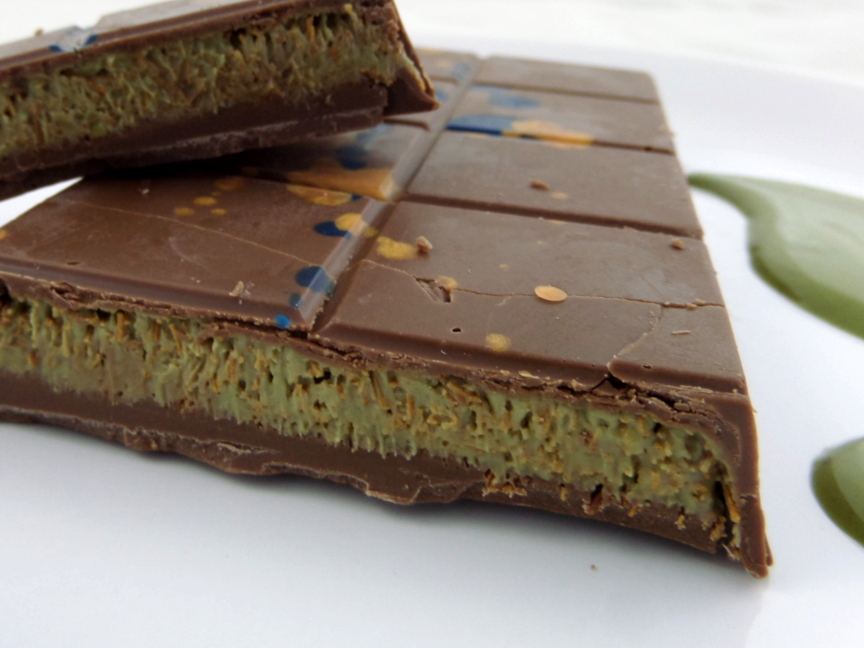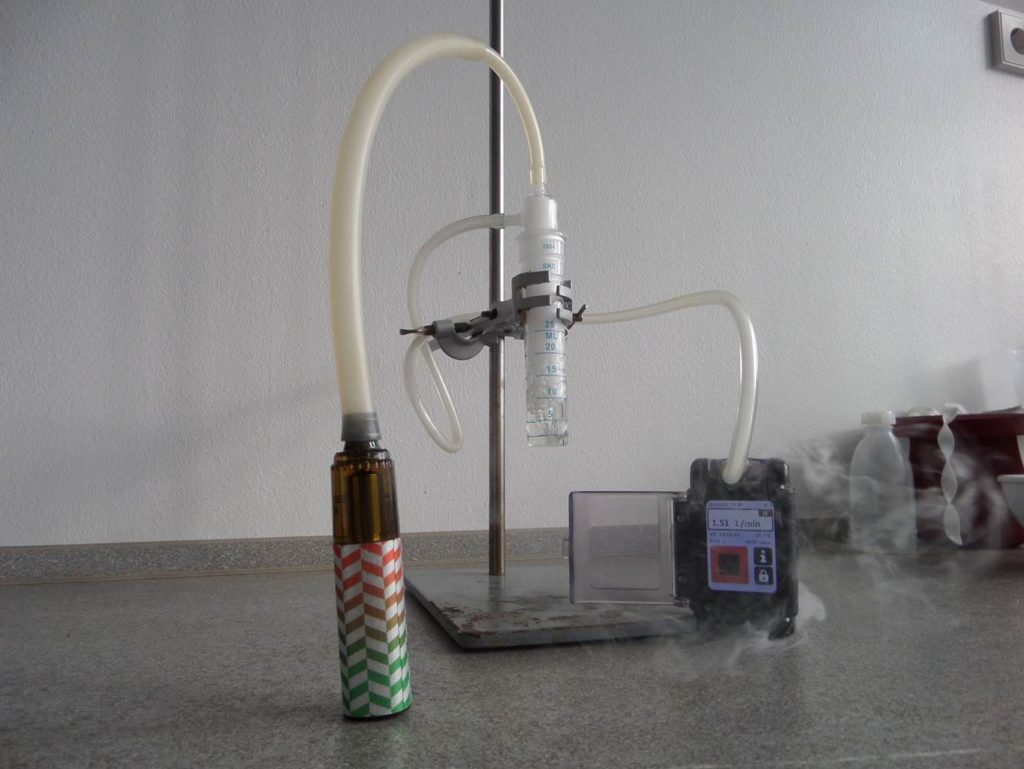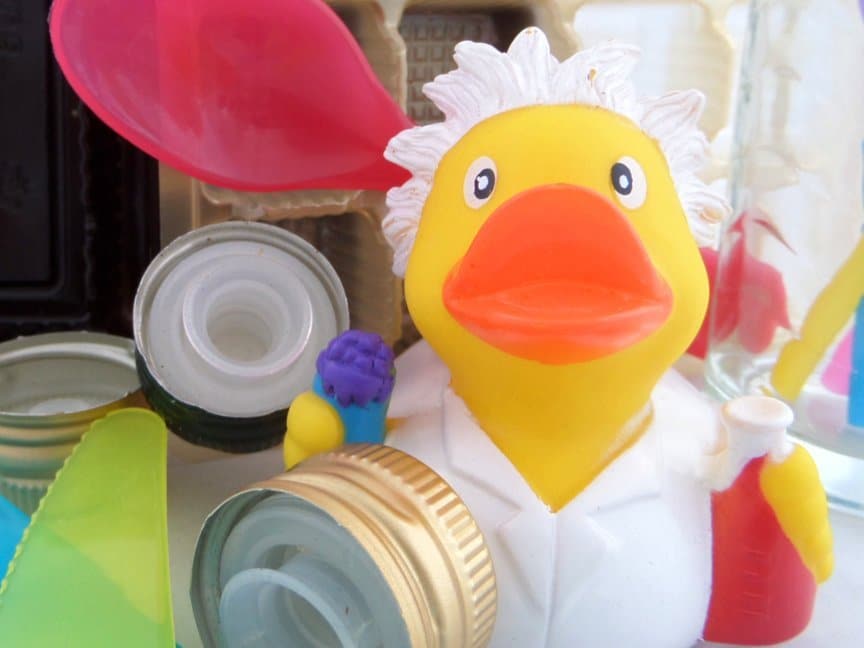
HBCD and other flame retardants
Some time ago we reported here on the challenges of disposing of polystyrene with integrated flame retardants. They are used for almost all combustible materials such as electrical appliances, carpets, upholstered furniture or facade insulation materials. From a health point of view, many fire protection agents are questionable. They are classified as harmful to health and can be inhaled in the household with house dust.
Nevertheless, they are indispensable for modern residential construction. The fire in London clearly shows that fire retardants can save lives. Every homeowner should therefore ask himself whether his insulation material even has flame-retardant properties.
How do flame retardants work?
The mode of action of the different chemicals is very different.
They act by removal of oxygen, form a non-combustible, solid or gaseous protective layer around the source of the flame and liquefy the fire so that it drains off.
What flame retardants are available?
From a chemical point of view the flame retardants can be divided into different groups:
The halogenated flame retardants
This includes polybrominated biphenyls (PBB), the bromine analog of polychlorinated biphenyls (PCBs). PBB are suspected of being toxic and carcinogenic. They were used in foams, textiles and small electrical appliances. Since 2006 there has been a ban on the use of electrical and electronic equipment.
Another group are the polybrominated biphenyl ethers (PBDE). This group comprises 209 compounds in total. This substance class can in turn be divided into three subgroups: The PentBDE, OktaBDE and DecaBDE. They differ in the number of bromine atoms. Two of these groups, pentaBDE and octaBDE, have not been used voluntarily in Europe and North America since 2004 because they are considered particularly harmful. The EU Directive 2011/65 of June 2011 then prohibited the placing on the market of electrical and electronic equipment containing PBDEs. For the DecaBDE group, no increased risk was found in the safety assessment. DecaBDE mixtures are still used, but increasingly replaced by the potentially no less critical decabromodiphenylethane, whose impact on health and the environment has unfortunately not yet been conclusively assessed.
The Hexabromocyclododecane (HBCD) belongs to the group of halogenated flame retardants or fire retardants, this chemical has already been reported here. It has been used in polystyrene (polystyrene) since the 1970s. It is now considered particularly “particularly worrisome” and has been banned 2013. (more information)
The phosphorous flame retardants
This group acts through a barrier layer. If a fire occurs, a solid layer forms in connection with the substrate, which is impermeable to air and flames, and thus interrupts another fire. These connections are used for vehicle seats, PUR foams, building materials or upholstered furniture. It is also used as a substitute for octaBDE in plastics.
Analysis of flame retardants
Analysis of flame retardants
My-lab offers analyses for testing which and how much flame retardant a material contains on the one hand, and whether flame retardants may also pose a health risk in the home on the other hand.
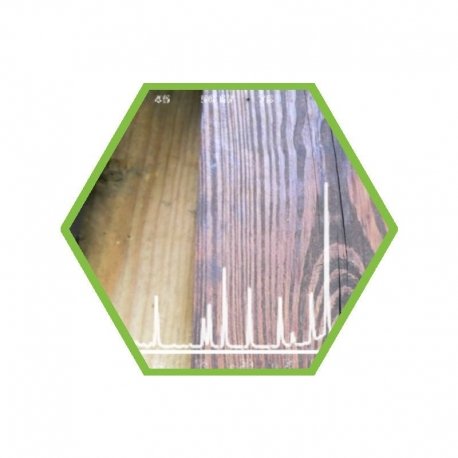 | Wood / Material: Flame retardants Brominated biphenyls and ethersMWC03 |
 | Hexabromocycoldodecan (HBCD) in StyroporMOCZ1 |
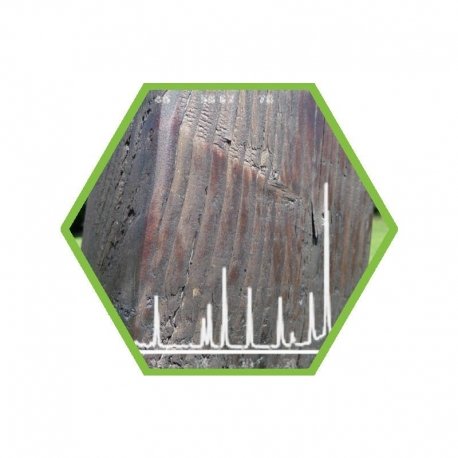 | wood/material: phosphor fire protection agentMWC02 |
Flameproofing agent HBCD (hexabromocyclododecane) is a challenge for disposal
The flame retardant HBCD (hexabromocyclodododecane) is considered “particularly worrisome“. The Stockholm Convention classified HBCD (C12H18Br6) as a persistent, persistent organic pollutant in May 2013.
Since October 1, Styrofoam boards and other insulating materials containing HBCD (C12H18Br6) must be disposed of . The relevant regulation states: “The persistent organic pollutants contained must be irreversibly converted or destroyed”. The duty of disposal applies from a concentration of 0.1% HBCD in the building material. The concentrations used are between 0.7 – 1.5% depending on the material.
This is currently leading to flooding of the disposal facilities, which are not necessarily up to the onslaught. The reason for this is that the incinerators require a special permit to dispose of materials containing harmful substances, and not all disposal facilities have this permit (see List for Styrofoam Disposal).
Dioxins and furans can be formed during combustion, which are classified as carcinogenic. To save time and logistics costs in this tense situation, many waste disposal companies only accept the insulation material with producer’s certificate or certificate of analysis.
.
Since the 1960s insulating materials have been used which contain as flame retardants HBCD. It was only banned in 2013, and its useful life is usually around 20 years. These are mostly polystyrene compounds, such as extruded polystyrene and expanded PS (EPS and XPS).
As long as the material is built, according to current estimates no health hazard. However, proper disposal is extremely important because the compound is toxic to aquatic organisms such as crustaceans and algae.
In addition, the connection is extremely durable and is transported over long distances by air. It has also been found, for example, in marine animals in the Arctic. In addition, animal experiments have shown that the development of infants can be disturbed. The following warnings will be displayed throughout the EU: H361 “Suspected of affecting fertility or harming the unborn child” and H362 “Susceptible of harming infants through breast milk”
According to current estimates, about 16,000 tons of polystyrene with HBCD are still used in Berlin and the surrounding area alone. Approx. 100 tons of this will be produced as hazardous waste before the end of this year. The danger of “illegal disposal” is certainly favoured by the overloading of the disposal facilities. However, due to the dangers for people and the environment, compliance with the requirements would be highly desirable.
Here is a list of waste-to-energy plants and special incinerators approved for HBCD (hexabromocyclododecane).
We are happy to advise you on the analysis of HBCD:
Contact: mail@my-lab.com
Tel.: 030 233215800
Waste-to-energy plants for Styrofoam (HBCD-approved)
- Bremen: http://www.swb-entsorgung.de/
- Hagen: http://www.heb-hagen.de/
- Iserlohn: http://www.amk-entsorgung.de/
- Wuppertal: http://www.awg.wuppertal.de/
- Oberhausen: http://www.wbo-online.de/entsorgung/
- Dusseldorf: https://www.awista-duesseldorf.de/
- Bonn: http://www.muellverwertungsanlage-bonn.de/
- Mainz: http://www.mhkw-mainz.de/
- Ludwigshafen: http://www.gml-ludwigshafen.de/
- Schweinfurt: http://www.gks-sw.de/
- Ingolstadt: http://www.mva-ingolstadt.de/
- Pirmasens: https://www.eew-energyfromwaste.com/de/standorte/pirmasens.html
- Tornesch-Ahrenlohe https://www.itad.de/information/abfallverwertungsanlagen/avbkg-tornesch-ahrenlohe
Special combustion plants for Styrofoam with HBCD
- Herten: http://www.agr.de/agr-rzr-herten/
- Beauty Oak: http://www.meab.de/
- Swedt: https://www.eew-energyfromwaste.com/de/standorte/schwedt.html
h2>card with waste-to-energy plants and special incinerators for Styrofoam with HBCD
 waste-to-energy plants
waste-to-energy plants
 hazardous waste incinerators
hazardous waste incinerators
Photo credits
- Cover | Source: Marco Verch / flickr | CC BY 2.0 | Modified by my-lab International
